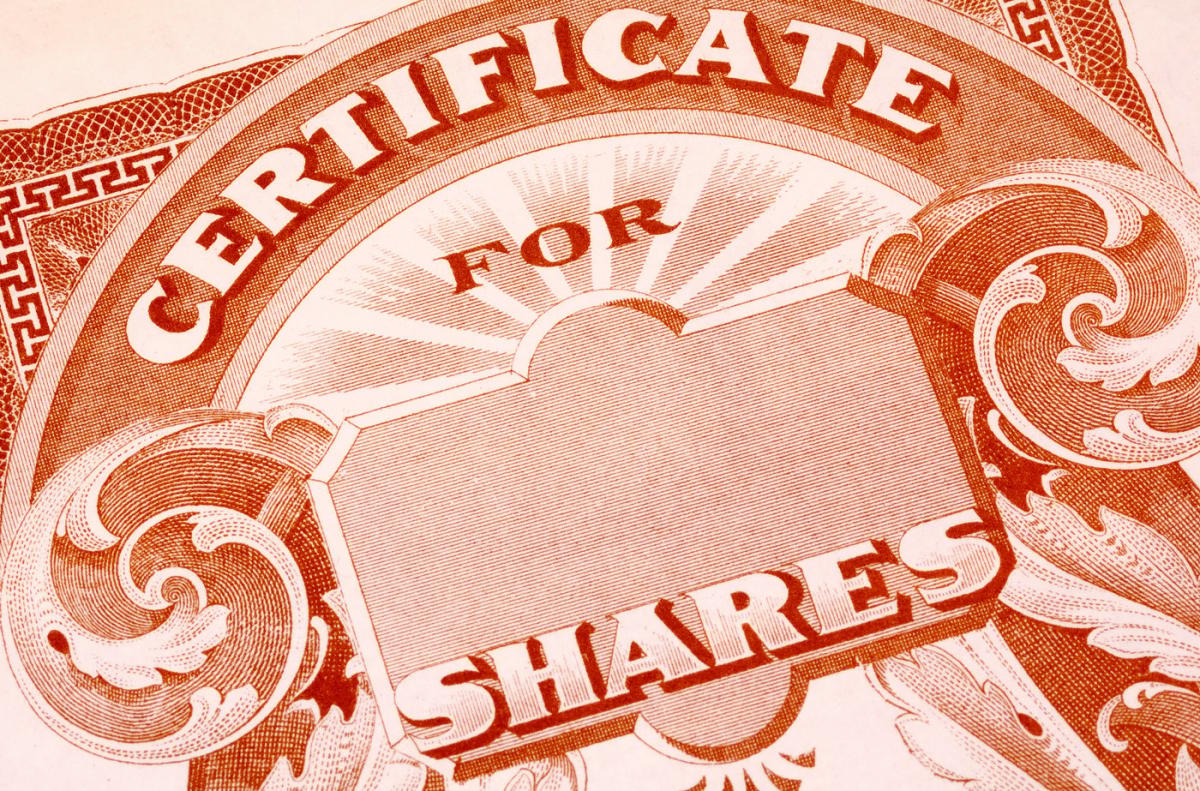Nvidia has benefited so profoundly from artificial intelligence (AI), both in terms of its share price appreciation and financial performance, that Goldman Sachs says the chipmaker alone has defined the first phase of the nascent AI boom.
However, AI tailwinds will eventually penetrate every sector and industry, and Goldman believes software and IT services companies may be best positioned to benefit in the long run. In line with that thinking, certain analysts see significant upside in UiPath (NYSE: PATH) and Tesla (NASDAQ: TSLA).
-
Keith Weiss at Morgan Stanley has outlined a bull-case scenario in which UiPath trades at $35 per share by May 2025. That implies 180% upside from its current share price of $12.50.
-
Ark Invest analysts led by Tasha Keeney recently published a valuation model that prices Tesla at $2,600 per share by 2029. That implies 930% upside from its current share price of $252.50.
Investors should never put too much confidence in price targets, especially when those price targets seem too good to be true. But UiPath and Tesla still warrant further consideration.
UiPath: 180% implied upside
UiPath specializes in robotic process automation (RPA), one of the fastest-growing software markets. Its business automation platform includes task mining and process mining tools that help users identify situations in which automation would be beneficial. And it includes development tools that help users build software robots to automate those tasks and processes.
Additionally, UiPath has incorporated artificial intelligence (AI) capabilities like computer vision, natural language processing, and machine learning into its platform. For instance, its Document Understanding product uses RPA and AI to extract, interpret, and take action on data from documents. Its Communications Mining product brings the same functionality to conversational channels like email and social media, such that businesses can automate certain customer interactions.
Morgan Stanley says UiPath is the “clear category defining leader” in RPA software. But analysts have also acknowledged the company in other areas. For instance, Forrester Research recently recognized UiPath as a leading document mining and analytics platform, the International Data Corp. (IDC) recognized its leadership in intelligent document processing software, and Everest Group named the company a leader in process mining software.
UiPath reported better-than-expected financial results in the first quarter of fiscal 2025 (ended April 2024). Revenue increased 16% to $335 million and non-GAAP (adjusted) net income increased 18% to $0.13 per diluted share. However, management lowered full-year guidance, such that revenue is now projected to increase no more than 8%, citing inconsistent sales execution and a difficult macroeconomic environment.
The stock plunged 35% after management shared its gloomy outlook, and shares recently tumbled another 7% when the company announced a 10% reduction in its workforce. But investors have reason to be cautiously optimistic. Cofounder Daniel Dines has reassumed his previous role as CEO to refocus the company during this challenging period, and the workforce reduction could improve operational efficiency.
Wall Street expects UiPath to grow sales at 11% annually through fiscal 2027 (ends January 2027), but that estimate leaves a lot of room for upside. Not only is UiPath the leader in RPA software, a market forecast to grow at 40% annually through 2030, but investments in AI product development have garnered praise from industry observers.
Admittedly, UiPath is a risky investment. Not only are the odds of near-term triple-digit returns near zero, but the stock could continue falling if sales execution fails to improve under CEO Daniel Dines. However, with shares trading at 5.2 times sales, near the cheapest valuation in history, I think patient investors should consider buying a small position today.
Tesla: 930% implied upside
Tesla is the global leader in battery electric vehicle (BEV) sales, with 17.2% market share year to date through May. However, that figure declined 4% from the same period last year. Meanwhile, its closest competitor, Chinese automaker BYD, accounted for 16% of BEV sales, and its market share only slipped 0.2%, according to EV Volumes.
Ark’s valuation model is predicated on Tesla effectively monetizing its full self-driving software (FSD) in the coming years, both directly with subscription fees and indirectly through robotaxi services. Those products may sound farfetched to some readers, but autonomous driving technology is an inevitable extension of the artificial intelligence boom, and Tesla is well positioned to be a leader.
Specifically, the company has a material data advantage where FSD is concerned, simply because it has so many sensor-equipped vehicles on the road continuously gathering information. In fact, Tesla is collecting data 110 times faster than Alphabet subsidiary Waymo, and its FSD software is about 16 times safer than the average driver as measured by miles per crash on surface streets, according to Ark Invest.
Morgan Stanley analyst Adam Jonas has also expressed confidence that Tesla can successfully pivot from a capital-heavy auto manufacturer to a capital-light software and services provider. In fact, he believes mobility services (robotaxis) and network software/services (FSD, supercharging, premium connectivity) will eventually create a $10 trillion addressable market.
However, Jonas sees that evolution playing out over a longer time horizon than Ark Invest. “While we believe Tesla has many attributes that can make it a formidable player (if not an outright winner) in the race to autonomy, we believe the more material commercial scaling of the business would be well beyond 2030,” Jonas wrote in a recent note to clients.
Tesla is a tricky case because the investment thesis depends on nascent or even nonexistent products, which makes it difficult to predict future revenue and earnings. For instance, Ark expects revenue growth of roughly 55% annually through 2029, but the consensus estimate among Wall Street analysts calls for revenue growth of 15% annually through 2026.
Personally, I think the probability of a 930% return by 2029 is close to zero, but I also believe Tesla can evolve into a software and services business. Investors who agree with me should consider buying a few shares today. But I would keep my purchase very small. Shares currently trade at 9.3 times sales, a slight premium to the two-year average of 8.7 times sales.
Should you invest $1,000 in Tesla right now?
Before you buy stock in Tesla, consider this:
The Motley Fool Stock Advisor analyst team just identified what they believe are the 10 best stocks for investors to buy now… and Tesla wasn’t one of them. The 10 stocks that made the cut could produce monster returns in the coming years.
Consider when Nvidia made this list on April 15, 2005… if you invested $1,000 at the time of our recommendation, you’d have $787,026!*
Stock Advisor provides investors with an easy-to-follow blueprint for success, including guidance on building a portfolio, regular updates from analysts, and two new stock picks each month. The Stock Advisor service has more than quadrupled the return of S&P 500 since 2002*.
*Stock Advisor returns as of July 15, 2024
Suzanne Frey, an executive at Alphabet, is a member of The Motley Fool’s board of directors. Trevor Jennewine has positions in Nvidia, Tesla, and UiPath. The Motley Fool has positions in and recommends Alphabet, BYD Company, Goldman Sachs Group, Nvidia, Tesla, and UiPath. The Motley Fool has a disclosure policy.
2 AI Stocks to Buy Before They Soar 180% and 930%, According to Certain Wall Street Analysts (Hint: Not Nvidia) was originally published by The Motley Fool








